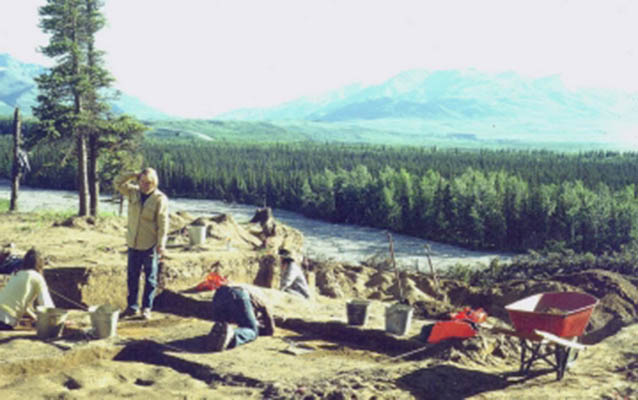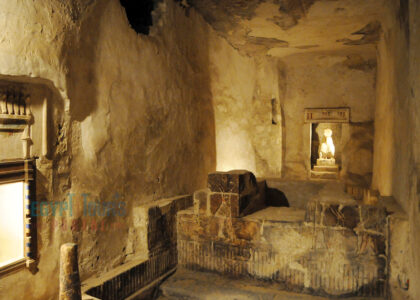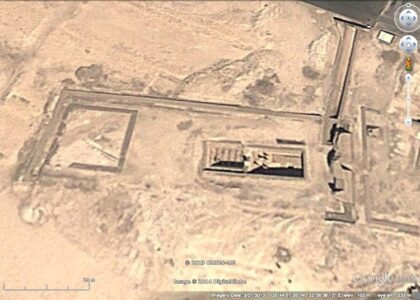Welcome to the Dry Creek Archaeological Site, a place that unravels the fascinating narrative of early human migration and survival in North America. Nestled near Denali National Park in Alaska, this site serves as a time capsule, offering insights into the lives of the first people who traversed the Bering Land Bridge over 11,000 years ago.
In the early 1970s, archaeologists made a groundbreaking discovery here, unearthing ancient artifacts that confirmed the presence of early humans who hunted Pleistocene megafauna in the region. These artifacts provided the first concrete evidence of human migration from Asia to North America, a pivotal moment in the story of human settlement across the continents.
The Dry Creek site is composed of multiple layers, each representing a different period in history, much like pages in a book. Wind-blown dust, known as loess, separates these layers, helping archaeologists piece together the chronological order of events. This stratification revealed four major cultural horizons, each characterized by distinct stone tools and animal remains, demonstrating the evolution of human technology and adaptation over millennia.
The site was first identified by archaeologist C.E. Holmes in 1973, and extensive excavations were conducted throughout the late 1970s and 1990s. The findings included a variety of stone tools and animal bones, painting a vivid picture of a hunting camp where ancient peoples once gathered, crafted tools, and processed their game.
The significance of Dry Creek extends beyond its immediate archaeological value. It underscores the cultural connections between Asia and North America and offers a glimpse into the trade, communication, and migration patterns that shaped the early human experience. Its designation as a National Historic Landmark in 1978 further cemented its importance in the broader context of understanding the peopling of the Americas.
As you stand here, imagine the ancient hunters who once roamed these lands, adapting to the harsh conditions of post-Ice Age Alaska. Their resilience and ingenuity laid the foundation for the diverse cultures that would later flourish across the continent. The Dry Creek Archaeological Site is not just a window into the past; it’s a reminder of the enduring human spirit that continues to inspire us today.






